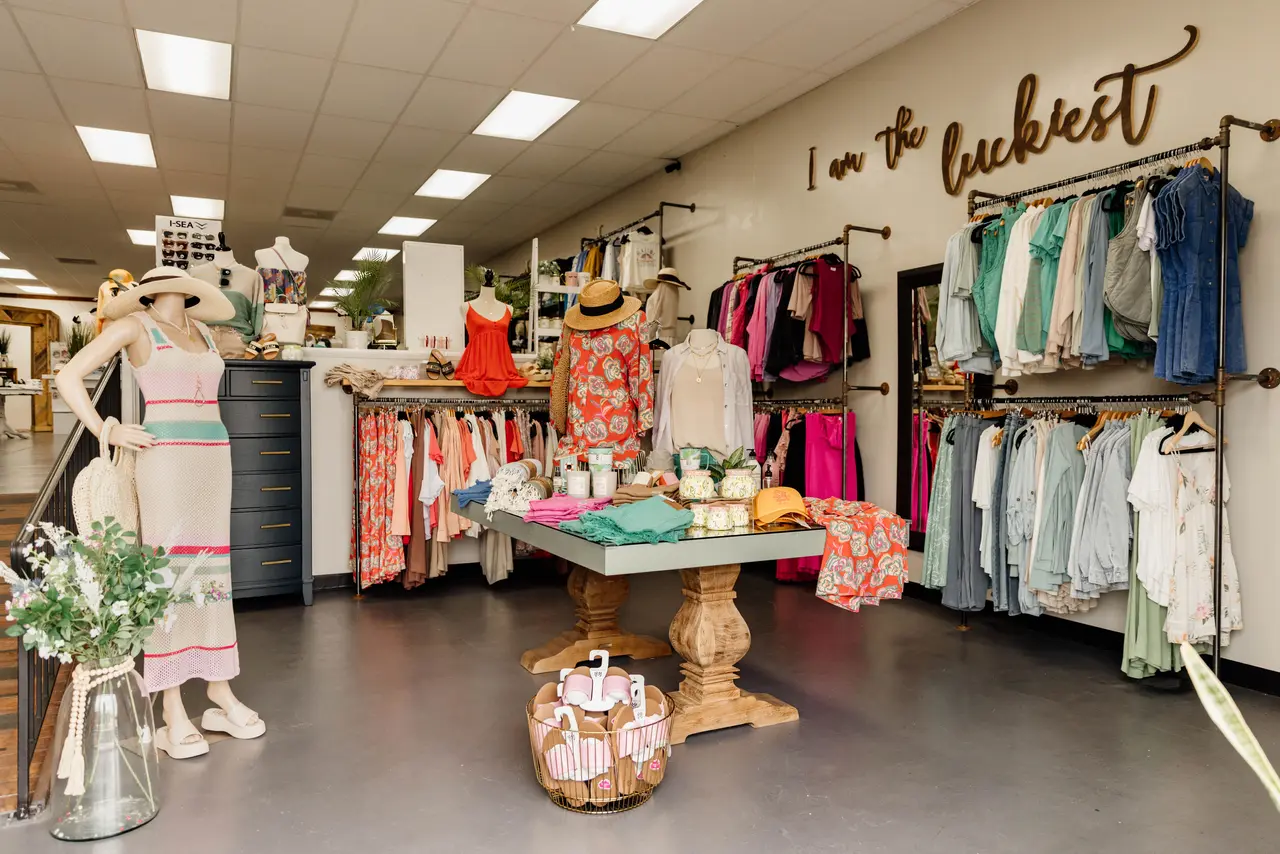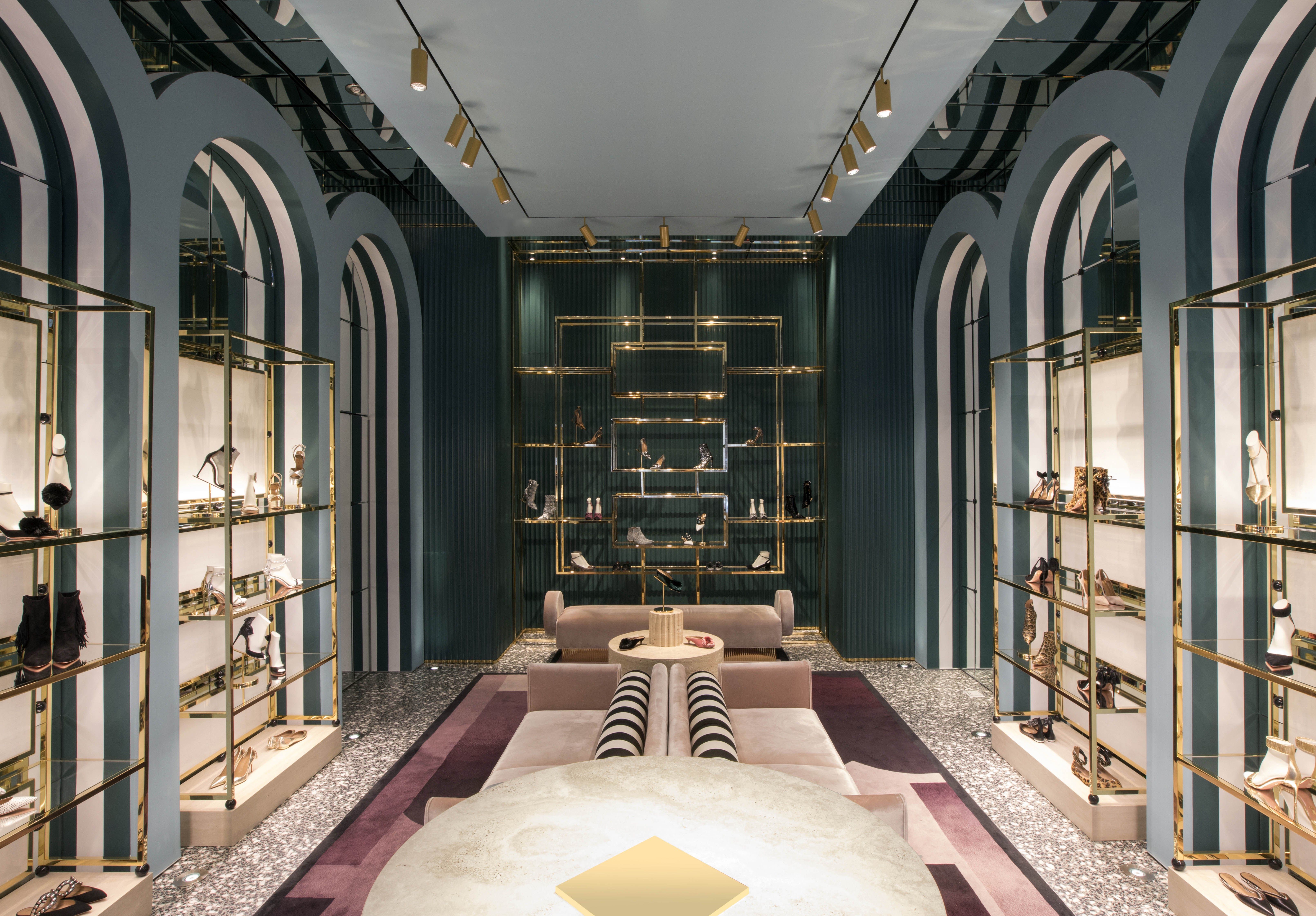Exploring the World of Sustainable Boutique Fashion Brands
Exploring the World of Sustainable Boutique Fashion Brands
Blog Article
Checking Out the Development and Impact of Apparel on Modern Fashion Trends
The evolution of clothes has actually significantly affected modern style patterns, combining historical criteria with innovative innovations. Legendary figures like Coco Chanel and Yves Saint Laurent reinvented the fashion business by introducing ideas that focus on convenience and ease of access, which continue to reverberate today. Technological strides in locations such as 3D printing and wise fabrics are redefining style opportunities and consumer experiences (boutique fashion). In addition, the expanding focus on inclusivity and sustainability is reshaping industry standards. As we think about these complex influences, one must wonder about exactly how these aspects jointly redefine style's duty in mirroring and shaping modern culture.
Historical Fashion Influencers
In the tapestry of fashion background, particular figures have actually left an indelible mark, forming the trends and designs that define entire periods. Coco Chanel, a revolutionary developer, redefined females's fashion by introducing comfy, sophisticated garments that departed from limiting bodices. Her iconic Chanel suit and little black dress have ended up being ageless staples in wardrobes worldwide. Similarly, Christian Dior's post-war "New Look" in 1947, with its event of feminineness through complete skirts and cinched midsections, noted a go back to opulence and has continued to affect developers.
Elsa Schiaparelli is an additional essential number, renowned for her avant-garde layouts that integrated surrealist art, collaborating with Salvador Dalí to produce whimsical pieces that tested conventional aesthetic appeals. Her innovative usage of shade and bold patterns resounds in contemporary fashion. Yves Saint Laurent, on the other hand, equalized high style with prêt-à-porter collections, bringing path designs to the masses and establishing a criterion for contemporary ready-to-wear lines.
These dreamers, amongst others, not only revolutionized fashion in their times however additionally set enduring fads that reverberate in today's fashion industry, giving a foundation upon which modern developers remain to introduce and build. Their legacies emphasize the significance of creativity and bold in vogue's ever-evolving narrative.
Technical Developments in vogue
In the middle of the dynamic landscape of the apparel industry, technical advancements stand at the leading edge of technology, reshaping how designers develop and consumers involve with fashion. The assimilation of 3D printing has actually revolutionized design processes, allowing designers to trying out complex frameworks and sustainable materials that were formerly unthinkable. This modern technology facilitates rapid prototyping, lowering waste and speeding up production times.

Smart fabrics, installing modern technology right into fabrics, are likewise transforming the sector. Technologies like self-cleaning and temperature-regulating textiles use improved functionality and convenience. Wearable technology, incorporating functions like health and fitness monitoring and communication, adds a new dimension to fashion, merging appearances with practicality.
Cultural Shifts and Style
As technological advancements continue to improve the style market, cultural changes are just as significant, redefining design and consumer choices. Over the last few years, the increase of social networks systems has accelerated the circulation of international fashion patterns, enabling diverse cultural impacts to assemble and coexist. This electronic interconnectivity has actually promoted the quick exchange of concepts, leading to an extra diverse and inclusive interpretation of style that mirrors the multifaceted nature of modern culture.
Social awareness and recognition have triggered developers to attract motivation from a wider spectrum of historic and ethnic useful site contexts, incorporating typical concepts with contemporary appearances. This combination has led to fashion that resonates with a larger target market, promoting a sense of identity and belonging across different demographics. Furthermore, the increasing demand for personalization has driven brand names to offer personalized alternatives, making it possible for consumers to share originality while reflecting their cultural heritage.
Additionally, shifting societal values have influenced fashion, with inclusivity and variety coming to be main styles. The sector has actually started to welcome models and influencers of different body types, ethnicities, and gender identifications, tough traditional elegance standards. This makeover emphasizes the power of social shifts fit the future of style, as design becomes a more authentic expression of personal and cumulative identity.
Sustainability and Modern Style
While the style market continues to evolve, the important for sustainability has come to be progressively urgent, affecting modern-day style practices. The surge of slow style, which emphasizes top quality over amount, motivates consumers to spend in classic items rather than short-term fads.
Furthermore, modern-day style is characterized by its innovation in lessening waste and promoting circularity. This strategy not just mitigates ecological effect yet also enhances the social duty of fashion residences.

Future Trends in Style

Sustainability will proceed to be a driving force in forming future fashion trends. The market is increasingly taking on green products and honest manufacturing methods, reacting to a growing consumer demand for liable practices. Technologies such as bio-fabricated products and closed-loop recycling systems are set to redefine how clothing is produced and taken in, lowering environmental effect while keeping style and quality.
Social shifts, including the surge of inclusivity and diversity, will certainly also play an essential role. As society comes to be more conscious of social concerns, fashion is anticipated to come to be a platform for expression and modification. Developers will likely concentrate on creating collections that show a more comprehensive series of identifications and experiences, championing representation and access.
Conclusion
The evolution of clothes substantially influences modern-day fashion patterns, where historic impacts combine with contemporary styles. This ongoing development highlights style's role as a mirror to societal values and technological get more advancement, suggesting a future rich with development and inclusivity.
The development of apparel has actually dramatically influenced modern fashion patterns, merging historic precedents with advanced developments.In the middle of the vibrant landscape of the style industry, technical advancements stand at the leading edge of development, reshaping how developers create and consumers involve with style.While the fashion industry proceeds to evolve, the important for sustainability has actually ended try this up being progressively immediate, influencing contemporary design methods. As sustainability ends up being embedded in modern layout, it paves the way for a much more mindful and liable style market.
The evolution of clothes significantly influences contemporary fashion trends, where historical influences combine with contemporary designs.
Report this page